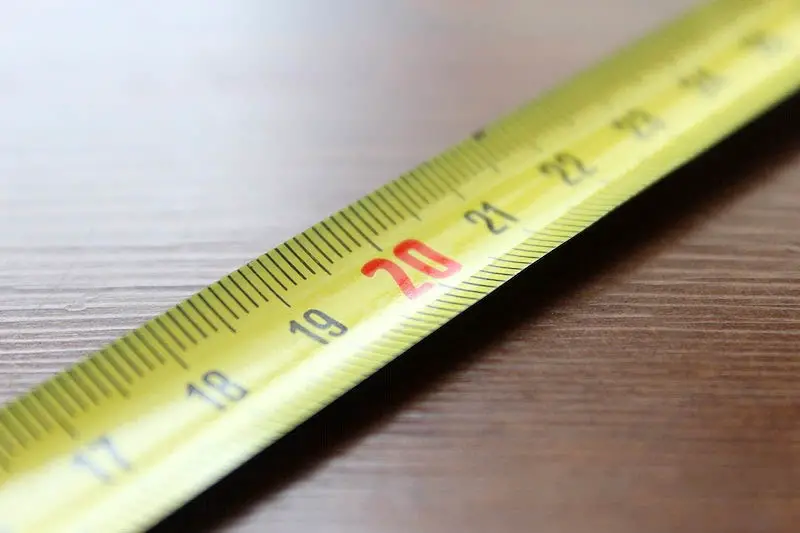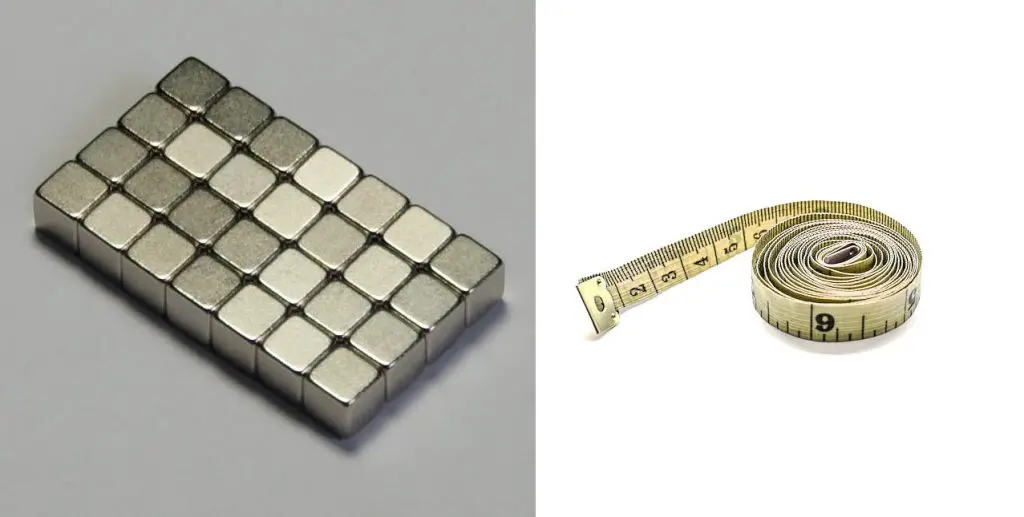In order to install new lamps or outlets on your ceiling, you first need to find the studs. However, in some cases, the process can become a bit complicated. Especially if the studs are completely hidden behind the wall coating.
Fortunately, there are several low-cost methods that can help you find them very easily. As a result many household items can be turned into powerful stud detection gadgets. So, you only need to learn how to do it.
On this article, you’ll learn several ways to find hidden studs on the ceiling with no effort. For example

What is Ceiling Studs?
Although many people call them ceiling studs, this term is certainly incorrect. Studs are vertical structural elements that function as secondary supports within the walls. On ceilings, these elements are usually in a horizontal position and are known as joists.
Joists are usually located between the main beams of floors and ceilings, separated 16 or 24 inches between each other. However their main function is to support high loads and distribute them to the vertical structural elements. In the United States and Canada, joists are usually made of hardwood or steel.
Hardwood joists are commonly 2X6-inch and 2×4-inch boards resting on their shorter side. In this position, the joist has greater inertia, also supporting higher loads without risk of deflection or breakage.
On the other hand, steel joists can have rectangular, circular, I-shaped, H-shaped or C-shaped cross section. Steel is much stronger than wood. Therefore, it is the preferred material for big structures.
In a multi-level house, joists provide greater stability to the floors, preventing excessive deflections. They also function as supports for lamps, AC and heating ducts, outlets and other hanging structures.
Step by Step Guide to Find Ceiling Studs

Certainly, finding ceiling studs is the easiest thing to do. Above all you just need the tools and knowledge necessary to do it. Below, you’ll find different methods to find hardwood and steel studs in an easy and quick way.
Method #1
Things you’ll need:
- Measuring tape

Procedure:
- First of all, stand in front of a corner where the wall and the ceiling intersect.
- From there, measure 16 inches with your measuring tape. Then, move to that position.
- After that, start knocking the ceiling. If the sound isn’t hollow, you’ve found the first stud. Otherwise, it’s probably located 24 inches from the initial position. So, measure another 8 inches from your current position and move there.
- Then, knock the ceiling again. This time, the sound won’t be hollow.
Method #2
Things you’ll need:
- Electronic stud finder

Procedure:
- First of all, turn on the stud finder. Then, place it on the wall and follow the calibration procedure indicated on the user manual.
- After that, run your tool along the surface, following the direction of the ceiling studs.
- Pay attention to the alert signs of your tool during the work. These signals may vary, depending on the model. However the most common are a high-pitched sound and a bar indicator moving on the screen. Some models emit a louder sound when reaching the middle point of the stud.
- Finally, stop at the point where the alert signal remains stable.
Method #3
Things you’ll need:
- Neodymium magnet
- Measuring tape

Procedure:
This method only works with metal studs. If that’s your case, Likewise follow these steps:
- Run a small neodymium magnet over the ceiling. Make sure the magnet isn’t too big so you can easily detach it from the surface.
- If the magnet sticks on the wall, stop on that position. Then, measure 16 inches from there using a measuring tape.
- So place the magnet in the new position. If it sticks, the rest of the studs will be at each 16 inches. In contrary case, they’re probably located at each 24 inches.
Method #4
Things you’ll need:
- Measuring tape

Procedure:
- Firstly locate a lamp or an outlet on the ceiling. From there, measure 16 inches using a measuring tape.
- Move to the new position and then start knocking the surface. If the sound isn’t hollow, you found a stud. In contrary case, move other 8 inches from there and repeat in the same vein.
Conclusion
Certainly, finding studs on the ceiling is easier than you imagined. If you don’t have money to buy a stud finder, don’t worry. A roll of measuring tape and a pair of attentive ears is all you need to get the job done.
Certainly, if you apply all the procedures that you just learned, there won’t be a ceiling stud hidden enough to escape from you.
You also read how to use a stanley stud finder?

